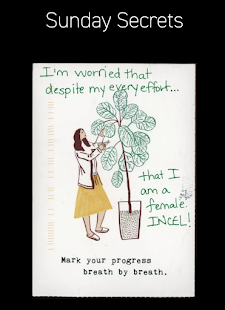Combinatory Poetics
Chapter 2 of the reading discusses the form of writing called combinatory poetry, which is explained to be one of the oldest forms of digital literature. It arose throughout avant-garde movements from the 20th century and is still considered to be a necessary artifact for understanding digital literature in its entirety. Though many avant-garde movements influenced the eventual rise in combinatory poetics, many experts agree that the anteceding movement that influenced the mid-century rise in digital literature was the Dada movement. The earliest form of combinatory poetics was a program called Love Letters by Christopher Strachey, a friend of Alan Turing. While Strachey himself believes that the computer’s job is not necessarily to think but rather to do “complicated tricks” with “interesting results,” it gave rise to the earliest genres in digital literature, and his work would be replicated and refined in the decades that followed. This chapter also expresses the importance of combinatory poetics as a symbiotic process between humans and machines: the human provides the machine with a set of rules, like grammar, syntax, and sentence structure. Then, the computer takes these rules and applies them to a textual output, from which the human interacts with the machine by combining words or sentences with others to create poetry. It is then the response from the human that provides combinatory poetics with its status as an art form: reading the chosen words through the lens of artistic vision.
I decided to explore Theodore Lutz’s Stochastic
Texts, a program that he developed in 1959 on a Z22 computer that randomly
generates sentences that can be read as poetry. When I entered the site, I noticed
right away that every few seconds, new lines would appear beneath the last one,
and the sentences would continue to generate for as long as the site was open.
I clicked away from the site to see if going back to it would produce the same
text or a different one, and found the latter option to be true. Every time you
exit and reenter the website, the system will generate an entirely new poem
with different sets of words and lines. Many of the words or phrases in these
sentences appear to be similar to one another, but nonetheless, you can
interpret each line with its own unique meaning. Many of the examples I got
were interesting, such as
“EVERY
CASTLE IS NARROW THEREFORE EVERY VILLAGE IS SILENT.
EVERY
LABOURER IS GOOD. NO TOWER IS GOOD.
NOT EVERY
HOUSE IS NEW. EVERY WAY IS FREE.”
 |
| My Cent Mille Poem |


Hi Hannah! I very much enjoyed your interpretation and understanding of combinatory poetics! I very much enjoyed reading your interpolation of how crucial the Dada movement was in the creation and and structuring of combinatory poetics - your key points couldn't be more right! It is fascinating that we get to learn more about Theodore Lutz’s Stochastic Texts program, despite it being built over 60 years ago! I can't wait to hear more in class on Tuesday!
ReplyDeleteI really likes your explanation of the relationship between machines and people that makes combinatory poetics what it is. I had not really thought of it that way, so that was a very interesting thought to bring up. It is interesting how the program developed in 1959 is so similar to the ones that are made closer to today. The example I found Is similar in the fact that it generates something new each time. I'm interested in hearing more about this in class!
ReplyDelete